How many rounds we want to go?
I'd wanna make it something I can sim in The Show. All teams have a DH's because forget those NL rules

IDK how familiar everyone is with RP's so I think doing 11 starters where you can designate who you want in relief (2 set up men, 3 middle RP and one long RP) along with 1 closer would be cool. Then your 5 IF's, 3 OF's, 1 DH and 4 bench to round it out.
That seems like it might take a while though
 but I'm open to suggestions.
but I'm open to suggestions.



